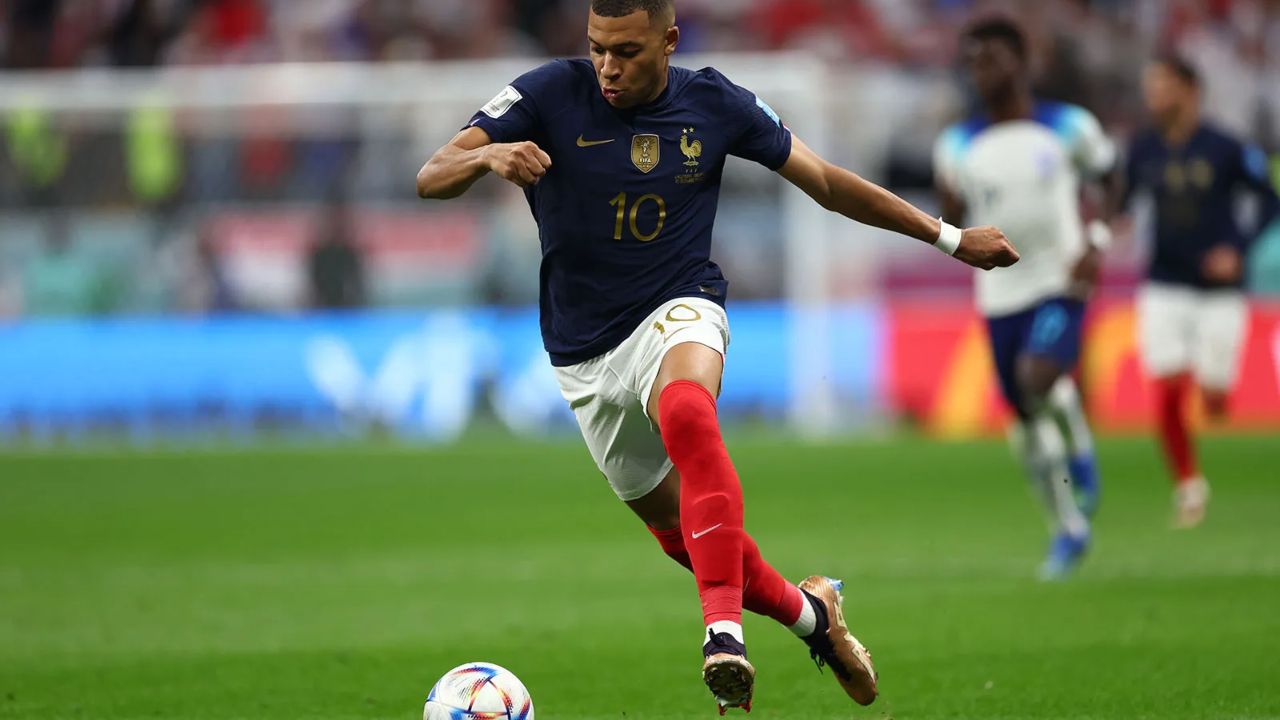Speed in football is often the difference between a goal and a missed opportunity, a crucial tackle, or a game-winning run. It’s the ability to outrun opponents, create space, and change the dynamics of a match in seconds. But who holds the title of the fastest footballer in the world? Let’s dive deep into the world of football speedsters.
Measuring speed in football is more sophisticated than just timing sprints. Advanced methods like GPS and motion sensors track players’ speeds during games and training. There are two key metrics: top speed, which is the highest speed a player can reach, and acceleration, which is how quickly a player can reach their top speed.
In the past, speed legends like Thierry Henry, Ronaldo Nazário, and Roberto Carlos were known for their blistering pace. Football has evolved, and today’s training techniques and technology have made players faster than ever.
Today’s game boasts several speedsters who leave fans and opponents in awe. Let’s take a closer look at some of the fastest players currently lighting up the pitch.
Kylian Mbappe: Kylian Mbappe, the French sensation, is widely recognized for his incredible speed. He’s recorded speeds up to 38 km/h, making defenders tremble at the thought of facing him.
Adama Traore: Adama Traore of Wolves is another powerhouse, known not just for his speed but also for his incredible strength. His top speed is around 37 km/h, and he uses it to bulldoze past defenders.
Alphonso Davies: Alphonso Davies, the Canadian star at Bayern Munich, is a marvel to watch. He’s clocked speeds of up to 36.51 km/h, often making stunning runs from the back.
Achraf Hakimi: Achraf Hakimi, now with PSG, is a versatile speedster, reaching speeds of 36.48 km/h. His ability to play both defense and attack makes his speed even more lethal.
When comparing these speedsters, it’s clear that while their top speeds are similar, their roles and how they use their speed differ. Mbappe and Traore are devastating in attack, while Davies and Hakimi excel in both defensive and offensive duties.
Forwards vs. Defenders: Speed is crucial for forwards like Mbappe and Traore to break through defenses. For defenders like Davies and Hakimi, it’s essential for covering ground and stopping fast attackers.
Training for Speed: Training for speed involves sprint drills, agility exercises, and plyometrics to improve explosive power. Strength training, particularly in the lower body, enhances speed. Proper nutrition, including adequate protein and carbohydrate intake, supports muscle recovery and energy levels necessary for high-speed performance.
Technology and Speed Enhancement: GPS trackers and motion sensors provide precise data on players’ speeds and movements, helping tailor training programs. Modern football boots are designed to be lightweight and enhance players’ speed. Detailed analytics help coaches understand how players utilize their speed and where improvements can be made.
Balancing Speed with Technical Ability: Speed alone isn’t enough; players must also have technical skills. Mbappe, for example, combines his pace with excellent dribbling and finishing. Players like Cristiano Ronaldo and Lionel Messi show that a balance of speed and skill is crucial for success. While Ronaldo is known for his speed and physicality, Messi’s quick acceleration and technical prowess make him equally dangerous.
Impact of Speed on Football Matches: Speed can turn matches around. Think of Gareth Bale’s famous run in the Copa del Rey final or Mbappe’s sprint against Argentina in the World Cup. Many iconic goals, like Ronaldo’s solo effort against Compostela or Mbappe’s runs in the Champions League, were made possible by sheer speed.
Speed in football is more than just running fast; it’s about how players use their pace to impact the game. From Mbappe’s explosive sprints to Davies’s defensive recoveries, speed continues to be a game-changer. As technology and training methods evolve, we can only expect players to get faster and the game to become even more thrilling.

